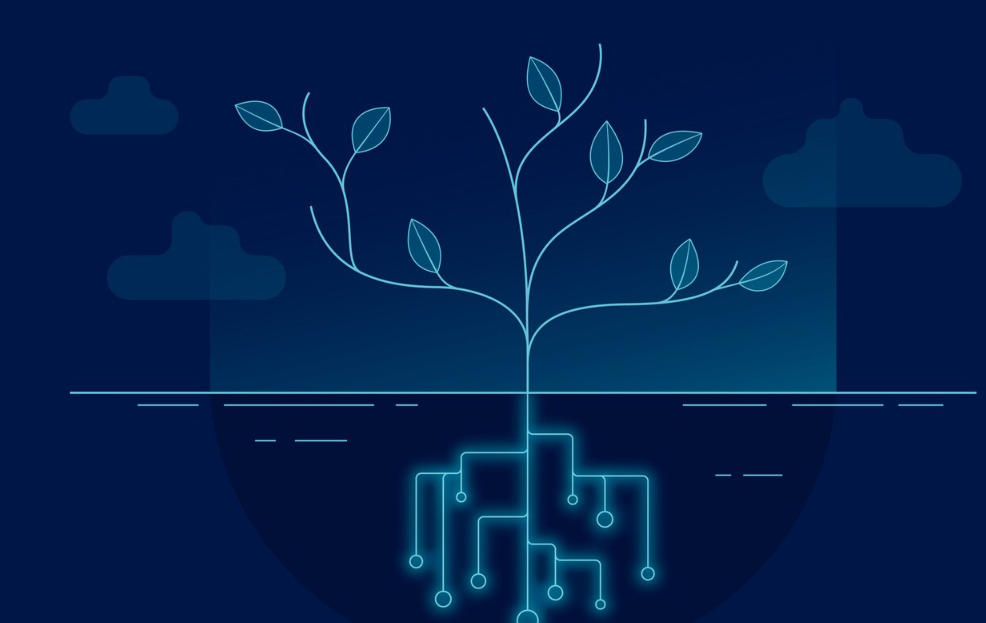Artificial Intelligence is often associated with the cutting edge—autonomous vehicles, predictive algorithms, and machines that can paint or compose music. But an emerging and surprising frontier in AI research involves looking backward, not forward. What happens when modern AI meets ancient technology? The result is a fascinating blend of archaeology, data science, and innovation: AI rediscovering ancient tools.
Revisiting the Past with Future Tech
Across history, civilizations have created ingenious tools—from Egyptian surveying equipment to Roman concrete and Babylonian star charts. Many of these inventions were developed through centuries of observation and trial-and-error, without digital assistance. Today, AI allows us to analyze, simulate, and reinterpret these tools in entirely new ways.
How AI Helps Decode the Past
1. Pattern Recognition in Ancient Texts
Many ancient documents contain technical instructions, from metalworking to engineering. However, due to damage, language evolution, or missing context, they’re difficult to interpret. AI models trained in natural language processing can help reconstruct incomplete texts, translate forgotten scripts, or identify patterns in technical manuals that humans might miss.
2. Simulating Ancient Mechanisms
Tools like the Antikythera mechanism—a complex Greek astronomical calculator—were once puzzles to archaeologists. Now, AI and machine learning are being used to simulate the internal mechanics of such devices. These simulations help validate hypotheses about their purpose and even suggest how missing parts might have functioned.
3. Material Optimization
Ancient builders used materials like Roman concrete, which has shown remarkable longevity. AI is now used to analyze the microstructure of such materials to understand why they perform so well—and how we might replicate or improve upon them using modern processes.
4. Reconstructing Forgotten Techniques
By feeding AI systems large datasets on ancient artifacts, tools, or building methods, researchers can train models to hypothesize how certain technologies were used. For example, AI-assisted analysis of stone tools may suggest previously overlooked uses based on wear patterns and material residues.
Not Just Preservation—Innovation
Rediscovering ancient tools isn’t just about historical curiosity. These tools often embody sustainable, efficient, and low-resource solutions that modern technology can learn from. For instance:
- Passive cooling methods used in ancient architecture are now inspiring eco-friendly building designs.
- Traditional irrigation systems are being analyzed by AI to optimize water usage in modern farming.
- Handcrafted instruments are studied by audio-processing AIs to recreate their unique sound digitally.
The Ethical Dimension
While AI opens doors to rediscovery, it also raises ethical questions. Who owns ancient knowledge? How do we credit the original creators, especially when they are long gone and undocumented? There’s a growing awareness that rediscovery must also mean respect, ensuring indigenous and ancestral innovations are acknowledged appropriately.
Conclusion
In an age of rapid progress, it’s easy to overlook the wisdom of the past. But when AI turns its lens on ancient tools, it reveals a hidden dialogue between past and present. By decoding ancient ingenuity with modern intelligence, we don’t just preserve history—we build upon it. And perhaps, the most groundbreaking innovations of tomorrow will be those we first imagined thousands of years ago.


